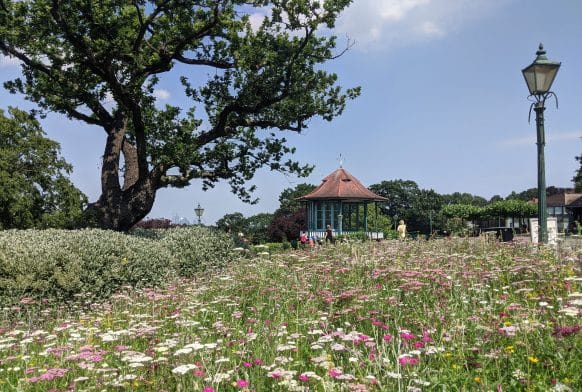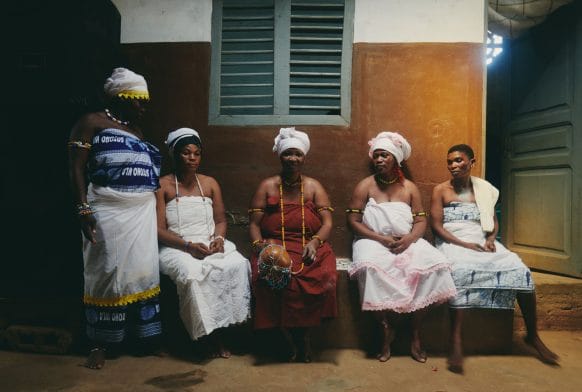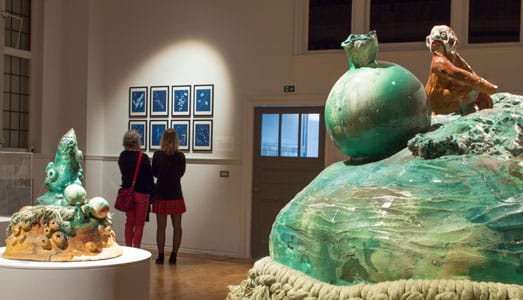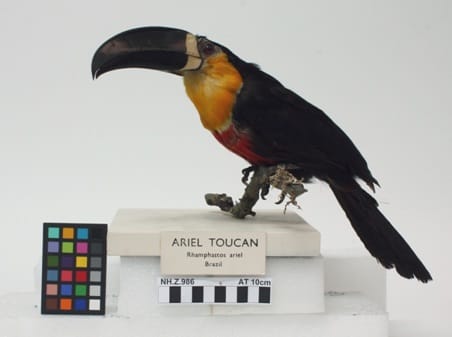Lira, type of rebec-like bowed lute. Pear-shaped body, neck and head all carved from one piece of wood, the separate soundboard seems to be made of the same wood. There is a wide shallow groove carved into the back, and a small hole has been drilled about halfway from the nut to the bottom. Three dart-shaped pegs are set from back to front of leaf-shaped peg box. The heavy gut strings are carried high and there is no raised fingerboard. There are deep grooves in the neck under the treble string, presumably worn away by the pressure of the player's fingers. There are no similar grooves under the other strings, which seem, therefore, to have been drones. Two semicircular sound holes low on the belly leave a straight member on which the flat bridge stands. No tailpiece, the strings are tied round a knob on the end of the instruments which is covered by a matching projection in the wood of the soundboard. Decorated with scratched patterns, geometric designs, pin-men, flowers etc. The soundboard joint is coming adrift at the sides.
321.321 Necked bowl lutes (-71)
Continue exploring musical instruments
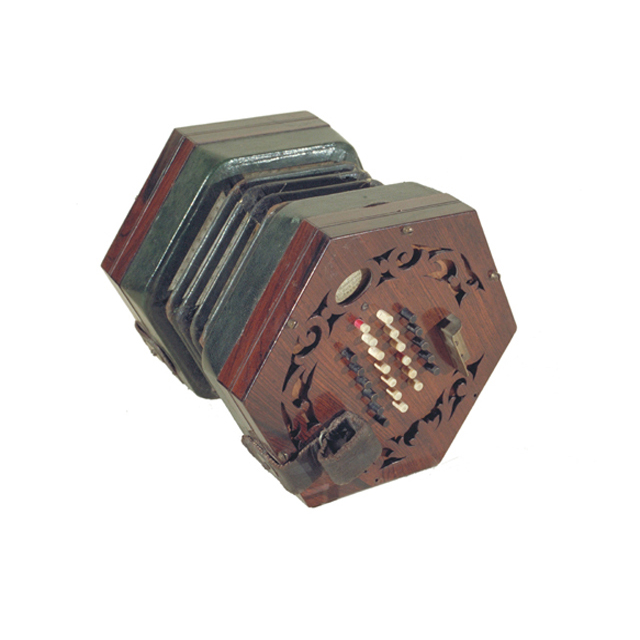
412.132-62 Sets of free reeds with flexible air reservoir
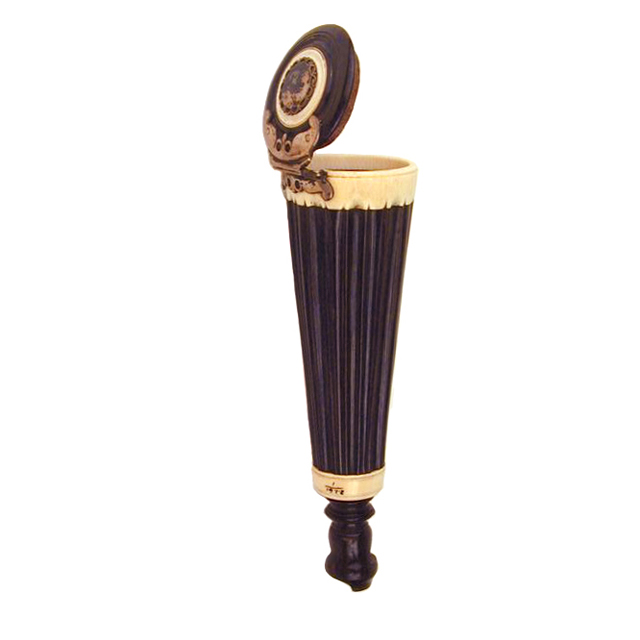
421.221.11

111.222 Sets of percussion plaques
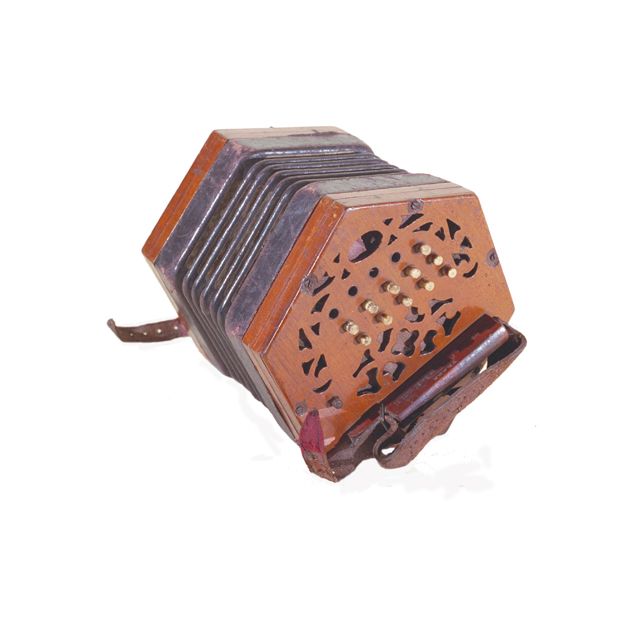
412.132-62 Sets of free reeds with flexible air reservoir
Collection Information
These objects are only a part of our collections, of which there are more than 350,000 objects. This information comes from our collections database. Some of this is incomplete and there may be errors. This part of the website is also still under construction, so there may be some fields repeated or incorrectly formatted information.
The database retains language taken from historical documents to help research. Please note that some records may feature language and reflect systems of thinking that are outdated and offensive. The database also includes information on objects that are considered secret or sacred by some communities.
If you have any further information about objects in our collections, can suggest corrections to our information or if you see content requiring immediate action, please contact us: enquiry@horniman.ac.uk



